To make education in India more experimental, holistic, integrated, and learner-centric, UGC has announced the guidelines to facilitate students to pursue two full-time academic programmes in physical mode. Students enrolling in higher education in India are rapidly increasing, and with this, the demand for the number of seats in regular streams is also increasing. To meet these issues, UGC has framed the guidelines to facilitate multiple pathways to learning involving both formal and non-formal education modes.
Guidelines for ‘Dual Degree Programme’
The guidelines framed by UGC envisage the much-required flexibility for students pursuing the Dual-Degree Programme:
A student can pursue two full-time academic programmes in the physical mode provided that in such cases, class timings for one programme do not overlap with the class timings of the other programme.
A student can pursue two academic programmes, one in full-time physical mode and another in Open and Distance Learning (ODL)/Online mode; or up to two ODL/Online programmes simultaneously.
Degree or diploma programmes under ODL/Online mode shall be pursued with only such HEIs which are recognized by UGC/Statutory Council/Govt. of India for running such programmes.
Degree or diploma programmes under these guidelines shall be governed by the Regulations notified by the UGC and also the respective statutory/professional councils, wherever applicable.-
These guidelines shall come into effect from the date of their notification by the UGC. No retrospective benefit can be claimed by the students who have already done two academic programmes simultaneously before the notification of these guidelines.
The guidelines will be applicable to students pursuing academic programmes other than the PhD programme.
What objectives will this programme fulfil?
In the official letter released by UGC, the aim of the programme is to align with National Education Policy 2020 which emphasizes the need of creating new possibilities for lifelong learning.
Other objectives of the programme are:
No hard separations between arts and sciences, between curricular and extracurricular activities, between vocational and academic streams, etc. in order to eliminate harmful hierarchies among, and silos between different areas of learning;
Multidisciplinarity and a holistic education across the sciences, social sciences, arts, humanities, and sports for a multidisciplinary world in order to ensure the unity and integrity of all knowledge;
Enabling an individual to study one or more specialized areas of interest at a deep level, and also develop character, ethical and constitutional values, intellectual curiosity, scientific temper, creativity, and spirit of service.
Offering the students, a range of disciplines including sciences, social sciences, arts, humanities, languages, as well as professional, technical, and vocational subjects to make them thoughtful, well-rounded, and creative individuals.
Preparing students for more meaningful and satisfying lives and work roles and enabling economic independence.


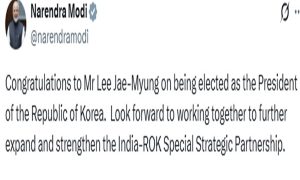



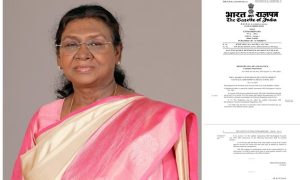



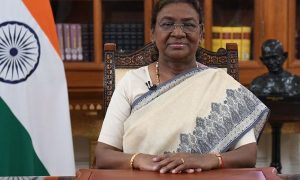

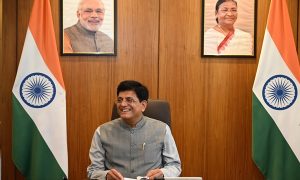



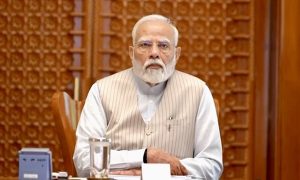

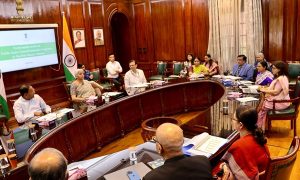

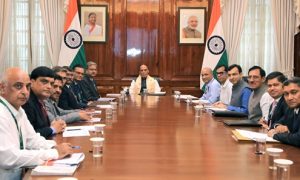





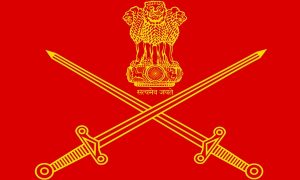

 WhatsApp us
WhatsApp us